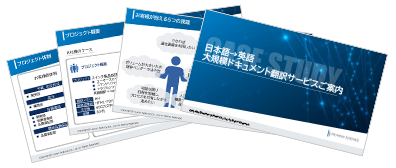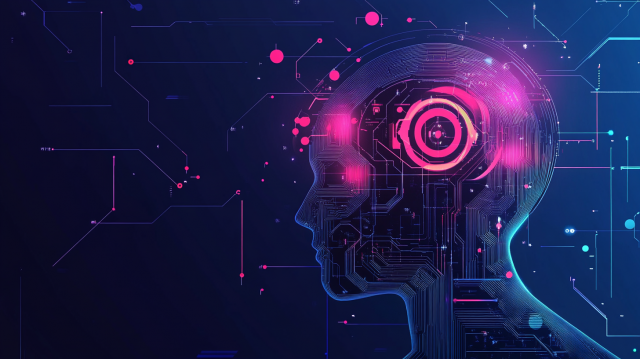On April 21, 2020, we held a webinar on the theme "Shall we review the translation workflow? Utilizing machine translation and post-editing," and many people participated.
In the seminar, we discussed the cost-effectiveness of machine translation, post-editing, and customer case studies.
Here, we will introduce the questions and answers submitted during the seminar.
Q Why does inconsistency in translation occur in machine translation?
A It is difficult to provide a clear answer since it is a specification of the engine, but based on experience, it seems that when the same expression appears before and after, or when considering collocation, it can sometimes lead to different translations.
Q Are there any points to note about pre-editing?
A It is important to create Japanese documents that are easy to machine translate, such as using short sentences, standardizing terminology, and not omitting subjects.
Q What translation engine do you recommend?
A The optimal engine varies depending on the genre (e.g., IT, medical, tourism), usage (e.g., manuals, emails), translation volume, etc. While there are engines that are highly rated based on reviews, it is important to choose the engine that is best suited for your company. It also depends on factors such as the presence of translation memory, the degree of accumulation, and the presence of glossaries, so we recommend picking a few and testing them.
Q Who performs pre-editing and post-editing? Is it done by your company, or is it done by the client? Currently, our in-house staff is translating into English, but we are considering outsourcing due to quality issues.
A In any case, establishing quality requirements and preparing style guides, among other rules, is important for solving translation quality issues. At Human Science, we not only undertake pre-editing and post-editing work but also provide support for our clients when they carry out these tasks themselves, so please feel free to consult with us.
Q Is there a basic procedure or points to consider when creating a translation dictionary in multiple languages for customer training documents?
A The basic approach is the same for both Japanese-English and multilingual translations. First, we should extract the terms (product names, buttons) that need to be standardized to avoid confusing the user.
A common issue in the operation of multilingual dictionaries is inadequate maintenance. It is important to establish and implement operational rules to ensure that updates are made uniformly across all languages, as they can become inconsistent if not properly maintained.
Q How has Google Translate improved significantly, but how does it compare to paid translation software?
A While the accuracy of Google Translate has certainly improved, the performance of machine translation varies depending on the field of translation and the availability of a glossary. We recommend verifying with actual documents to determine which automatic translation software to implement.
Q There was a discussion about changing the editing level (full, light, etc.), but doesn't the final output vary depending on the worker? It seems challenging to build a common understanding of the levels.
A As you said, even if you say, "Please do a light edit," the interpretation varies by person, which can lead to differences in the final result.
Therefore, it is important to establish and share criteria for "what points to correct" in the guidelines. Including example sentences for corrections, as well as examples for cases where no corrections are made, can deepen the understanding of those working on the task and promote consistency. At Human Science, before requesting a large volume of work, we review post-edited translations of a small amount of text and provide feedback on any points that need correction, ensuring quality consistency.
Q If we request work from your company, will neural machine translation be the main method used?
A Neural machine translation is not a prerequisite. Depending on the customer's requirements, we often provide not only machine translation but also human translation. In the case of machine translation, we propose machine translation software while considering the customer's requirements (such as cost, quality, and delivery time) each time.
Q I heard that in order to realize the effects of neural translation, a considerable amount of information needs to be taught to machine translation, but can we start with small projects?
A When you need a dedicated engine for your company, as you mentioned, a large corpus is necessary for training. However, with a general translation engine, it is possible to start with small projects based on what the engine has already learned.
Q If I create a manual in Word, can I store the English translation data in Trados translation memory?
A It is possible.
Machine Translation Seminar
We are conducting seminars on machine translation on a regular basis.
Please check the upcoming schedule here.
Post-editing Agency and Operational Support
https://www.science.co.jp/nmt/service/postedit.html


























